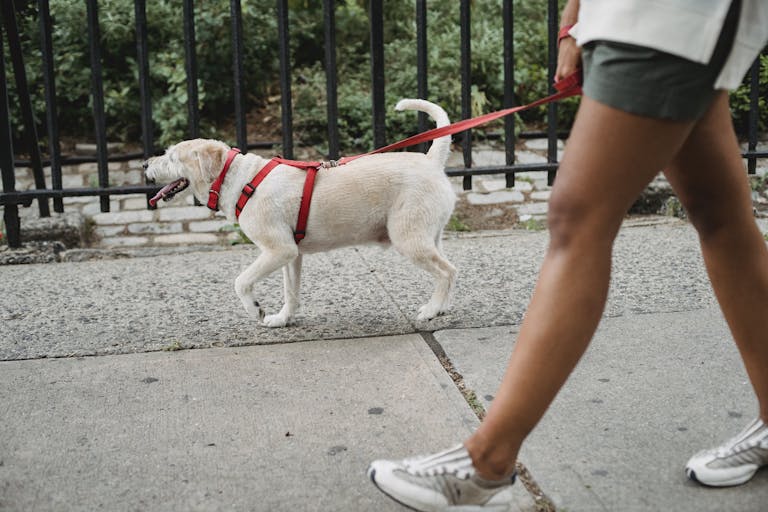Separation Anxiety in Dogs – How to Recognize and Prevent It

Is your dog barking, howling, pacing, or destroying things when you leave the house? You may be dealing with separation anxiety in dogs—a common behavioral challenge rooted in fear, not disobedience.
Understanding the early signs and triggers of separation anxiety is essential. With the right approach, you can prevent it or gently reduce it—before it becomes overwhelming for both of you.
What Is Separation Anxiety in Dogs?
Separation anxiety happens when a dog becomes distressed in the absence of their bonded person. It’s not “bad behavior” or “attention-seeking”—it’s emotional panic.
Common signs:
- Barking or howling right after you leave
- Scratching at doors or windows
- Pacing or drooling
- Accidents indoors despite being house-trained
- Chewing furniture or destructive behavior
🎯 Separation anxiety in dogs is an emotional issue, not a training failure.
Early Warning Signs You Shouldn’t Ignore
Before full-blown anxiety sets in, dogs often show subtler signals:
- Following you from room to room
- Whining when you grab your keys or put on shoes
- Trouble settling down unless you’re nearby
- Over-the-top greetings when you return
These are red flags that your dog may not feel safe being alone.
How to Prevent Separation Anxiety in Dogs
1. Practice Calm Departures
Avoid dramatic goodbyes or apologies. Your energy influences theirs.
✅ Tip: Pick up your keys, put on shoes, then sit down again. Teach your dog that these cues don’t always mean you’re leaving.
2. Create a Safe, Predictable Routine
Dogs feel safer when they know what to expect.
- Walk, rest, and feeding at consistent times
- A “calm corner” with a cozy bed and familiar scents
- Soothing sounds (like soft music or nature audio from Pawsly) during rest periods
This structure helps them regulate and anticipate calm even when you’re gone.
3. Use Short Absences as Training Opportunities
Start with micro-absences—just leaving the room for a few seconds—and reward calm behavior.
Gradually increase the time away without drama or pressure. Always return before panic sets in.
4. Don’t Rely Only on Crates
While crates can be helpful for some dogs, others feel more trapped than safe.
🧘 Create a positive association with alone time, with chew toys, treat puzzles, or calming audio—not confinement alone.
Sound as Emotional Support
Soft, repetitive sounds can help dogs self-soothe when alone. That’s why many owners use the Separation Anxiety soundtracks from Pawsly to simulate safety.
Popular options:
- 🫀 Heartbeat & Nest Vibes
- 🌿 Nature Sounds with slow rhythm
- 🔈 Soft ambient tones with repetition
These sounds help lower cortisol and mask outside noises that could trigger alarm.
Recap: Separation Anxiety in Dogs
- It’s caused by emotional distress, not disobedience
- Early signs include shadowing, whining, and hyper greetings
- Calm departures + structured routines are key to prevention
- Gradual training helps build independence
- Soothing sounds create emotional safety during alone time
📱 Want to help your dog feel safe when you’re away?
Pawsly offers calming audio tools specifically designed for dogs with separation anxiety. Start supporting your dog’s emotional needs—even when you’re not home.






